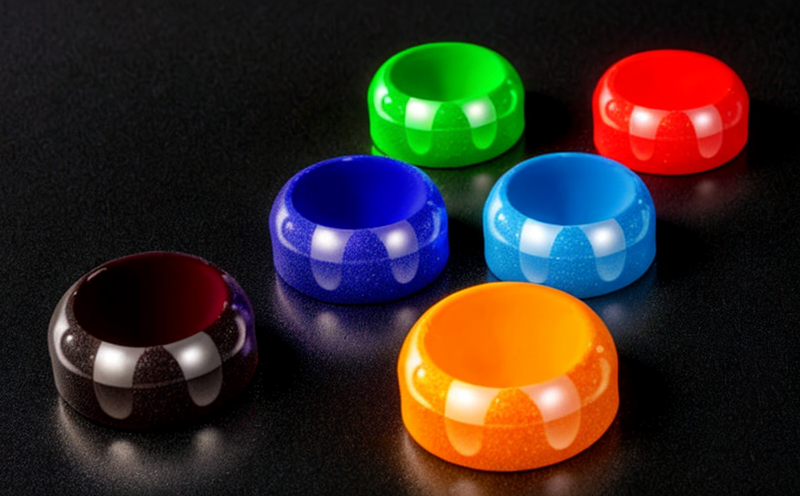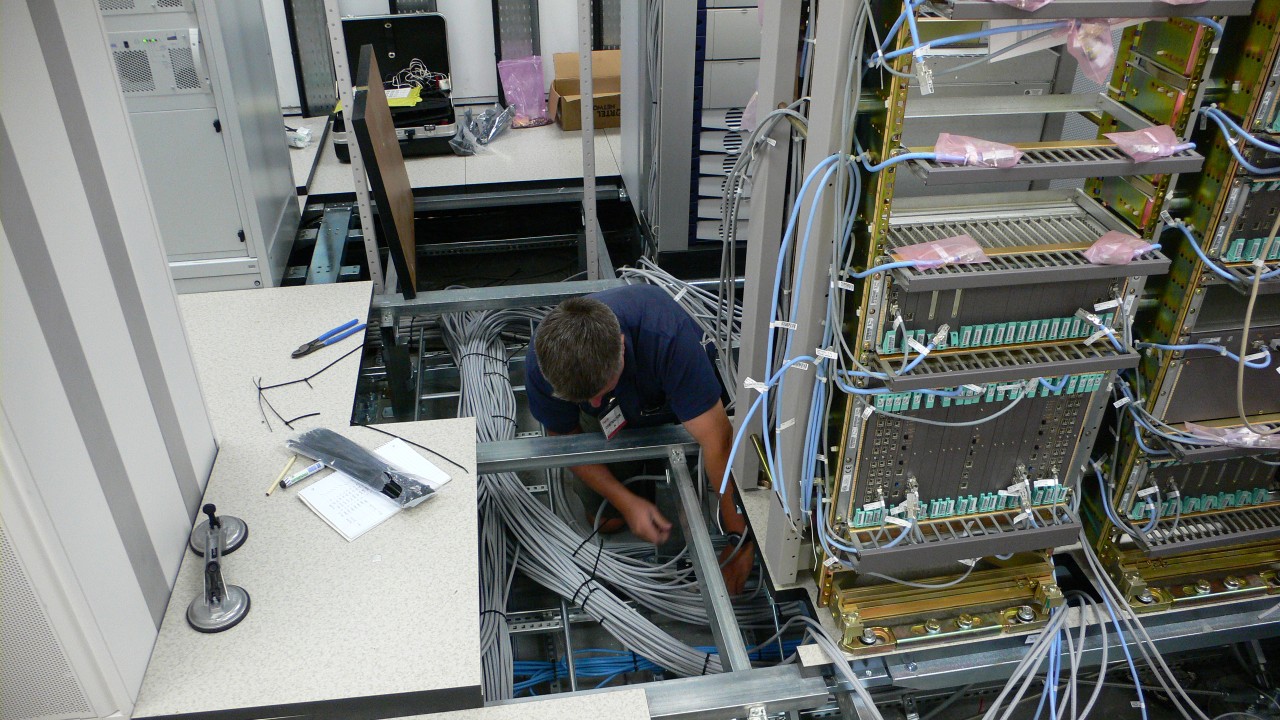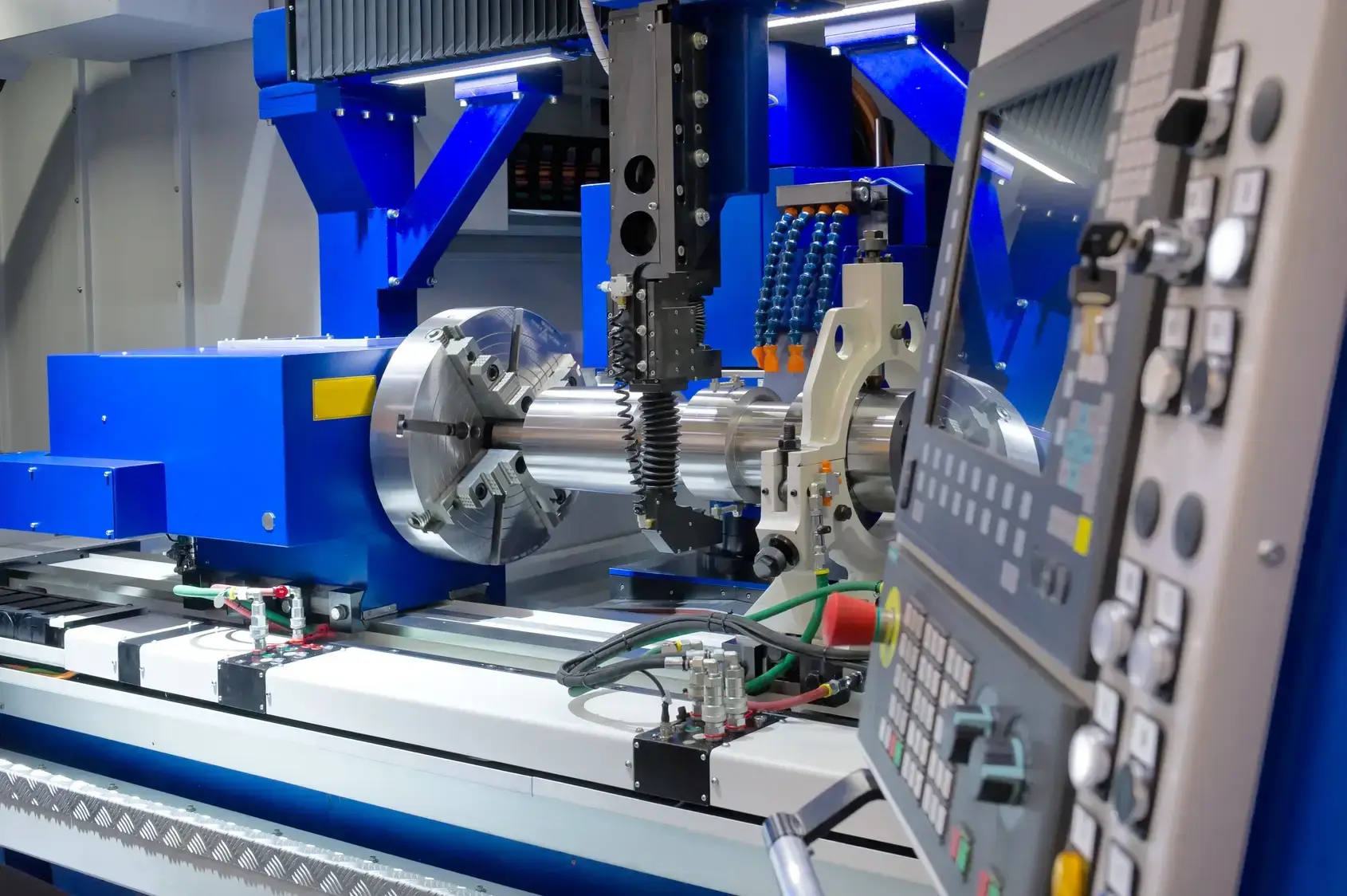Simulating the effects of high temperatures on the physical properties of materials, such as deformation, melting, or discoloration
Unlocking the Secrets of Materials Simulating High Temperatures for Enhanced Performance
As businesses strive to innovate and stay ahead in their respective industries, understanding the behavior of materials under various conditions becomes increasingly crucial. One such critical aspect is simulating the effects of high temperatures on physical properties, including deformation, melting, or discoloration. This laboratory service, offered by Eurolab, empowers companies to make informed decisions about material selection, design optimization, and quality control. By replicating real-world scenarios in a controlled environment, our clients can gain unparalleled insights into the performance of their materials under extreme conditions.
What is Simulating High Temperatures?
Simulating high temperatures involves subjecting materials to artificially elevated temperatures, mimicking the effects of heat on their physical properties. This process allows researchers and manufacturers to study the behavior of materials in a controlled manner, without the need for extensive experimentation or the risk of material degradation. Our team at Eurolab utilizes state-of-the-art equipment and techniques to simulate high temperatures, enabling businesses to evaluate
Thermal deformation How materials change shape or size when exposed to heat
Melting points The temperature at which materials undergo a phase transition from solid to liquid
Color changes Any discoloration or color shifts that occur due to thermal exposure
Why is Simulating High Temperatures Essential for Businesses?
In todays competitive market, companies must ensure their products and materials meet stringent performance requirements. By simulating high temperatures, Eurolabs clients can
Optimize material selection Choose the most suitable materials for their applications based on their thermal stability
Enhance product design Develop innovative designs that account for thermal expansion, melting points, or color changes
Improve quality control Establish precise standards for material performance under high-temperature conditions
Reduce development time and costs Minimize the need for costly prototypes and extensive testing
Benefits of Simulating High Temperatures at Eurolab
Our laboratory service offers a comprehensive range of benefits, including
Accurate results Our experienced team provides precise data on material behavior under high-temperature conditions
Customized solutions We tailor our simulations to meet the specific needs of your business and materials
Timely delivery Fast turnaround times ensure that you receive your results quickly, without compromising accuracy or quality
Expert guidance Our technicians and engineers are available to provide expert advice on interpreting results and implementing recommendations
QA Frequently Asked Questions
Q What types of materials can be tested for high-temperature effects?
A We test a wide range of materials, including polymers, metals, ceramics, composites, and glass.
Q How accurate are the simulated results?
A Our state-of-the-art equipment ensures highly accurate results, which are then validated through rigorous quality control checks.
Q Can I request customized simulations for my specific needs?
A Yes! We work closely with our clients to develop tailored solutions that meet their unique requirements and goals.
Q What kind of data can I expect from the simulation process?
A Youll receive detailed reports on material behavior, including thermal deformation, melting points, color changes, and more.
Unlock Your Materials Potential with Eurolab
By simulating high temperatures in our state-of-the-art laboratory, businesses can unlock their materials full potential. Whether youre developing innovative products or optimizing existing designs, our team at Eurolab is dedicated to providing accurate, reliable, and timely results. Trust us to help you make informed decisions about material selection, design optimization, and quality control.
Dont wait contact us today to discover how simulating high temperatures can elevate your businesss performance!
-
Testing the ability of consumer products to withstand high temperatures without failure or malfunction
-
Evaluating the heat resistance of materials used in products such as electronics, automotive parts, and packaging
-
Simulating extreme temperature conditions to assess how products perform in hot or cold environments
-
Verifying the effectiveness of thermal insulation materials used in products like cooking appliances, clothing, or packaging
-
Testing the impact of thermal cycling, where products are subjected to repeated heating and cooling, on their durability
-
Assessing the ability of electronic devices to operate safely under high temperature conditions
-
Simulating heat exposure for materials like plastics, rubbers, and metals to assess their long-term durability and performance
-
Testing the thermal conductivity of products or components to determine their ability to resist or dissipate heat
-
Evaluating the performance of cooling systems used in electronic devices, automobiles, or industrial equipment under varying temperatures
-
Testing products for their ability to maintain their functionality and appearance after exposure to extreme heat or cold
-
Verifying the heat resistance of adhesives, coatings, and seals used in products subjected to temperature fluctuations
-
Assessing the impact of thermal stress on components, such as electrical connectors or mechanical parts, during heating cycles
-
Simulating the performance of packaging materials when exposed to hot environments or high temperature transport conditions
-
Testing the ability of products to maintain their strength and integrity under high-temperature stress, such as in engines or motors
-
Evaluating the performance of fabrics, textiles, and insulation materials in resisting heat damage and maintaining comfort
-
Simulating the thermal shock that occurs when a product is rapidly cooled or heated to assess its resilience
-
Verifying that consumer products maintain their safety and function when subjected to extreme temperature changes
-
Testing the resilience of materials to thermal aging, which can cause breakdown or wear over time due to heat exposure
-
Assessing the safety of electrical components and circuits under thermal stress to prevent overheating and fires
-
Simulating high-temperature conditions in automotive or aerospace industries to test the thermal endurance of parts and systems




